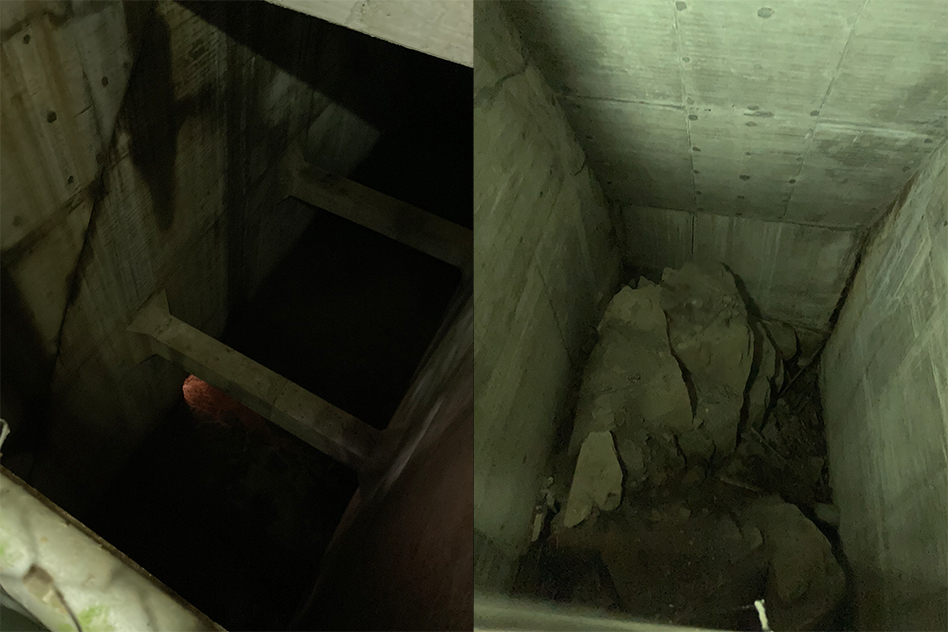(26.09.2022)
This week there are many more birds around. Spring proper it seems, judging from the sounds and the colours. This little village is full of flowers and manicured gardens. Despite only having a handful of residents, a gardener is employed to continually manage the space.
I’ve dropped some film off in Melbourne and my planned project is in its down week while I wait for them to be developed and returned. I walk a lot and am drawn more and more (unsurprisingly) to the significant infrastructure the town exists for and around. I have often considered infrastructure as monument through my art practice, viewing the built spaces of water, power, transit as material manifestations of our contemporary culture. I have also often framed photography – and art making in general – as a way to draw attention to, or hold up for inspection things, places, practices, attitudes, and so on. Recently I’ve been reading about different undergrounds and the largely consistent cultural relations humans have to the under, and the enclosed. I’ve been reading this onto/into the power generating infrastructure of the high plains, layered as it is over time, need, and obsolescence, leaving uncertainty (to the untrained eye) as to divisions of function and form.
I’ve been spending time around and inside the damn wall, and thinking about archeology. The huge brutalist structure in the otherwise largely “natural” environment reminds me of pyramids and other significant built forms that have stood the test of time; accompanied townships reduced to rubble and overgrown. I was thinking, then, about what we leave behind, and about the kinds of practices we have for reading relics, ruins, runes, and the past. It seems a given that from a foothold of some imagined future this structure would be understood as technology for the entrapment and redirection of water flows – likely understood in the context of harnessing power. But what of the architecture itself? The internal cavities set within, happenstance of the engineering approach, now unintended altars for the detritus and accumulated matter of the places making. A shrine for the coming together of the worked and unworked materials. A way to control and replicate tides and water flow? A huge time piece on which we anchor ourselves and our lives? A place for worshiping the religion of modernity? Read as a cultural space what fantasies of civilisation and primitivism will the archeologists of tomorrow pursue. Already with the fences and walkways I’m reminded of the Terracotta Army of Qin Shi Huang in Xi’an.; of history and culture as tourism.
Image is a composite of two pictures looking down from the walkway inside the dam wall.
